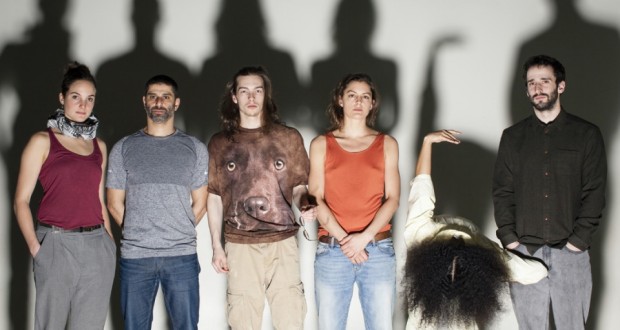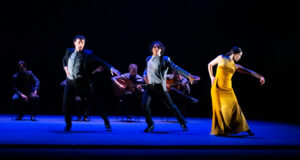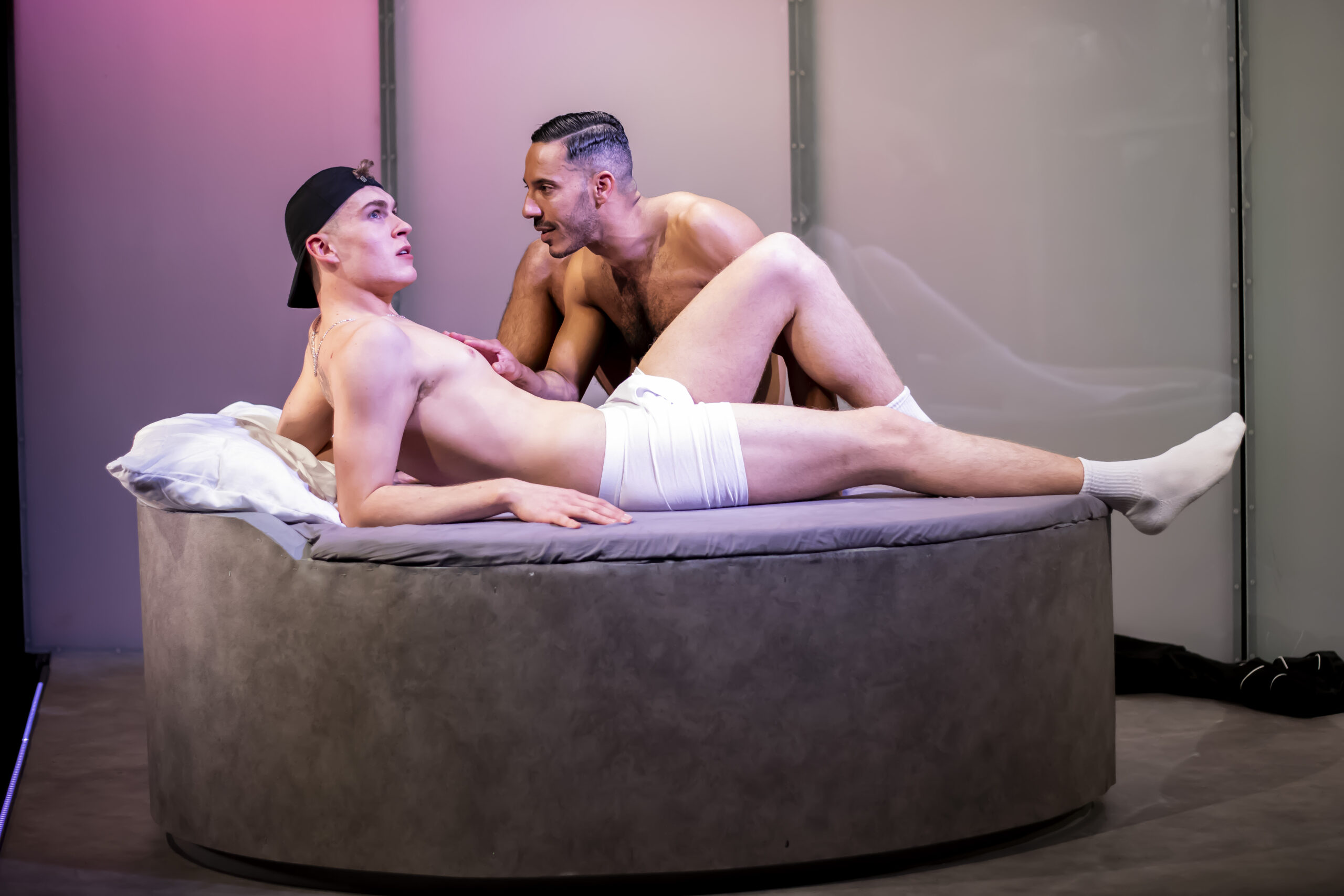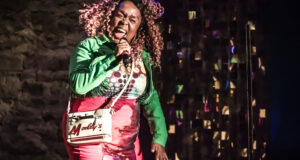Pros: The intense visceral reactions I had to some of the pieces.
Cons: It was difficult to understand the underlying themes of the work without knowing the minds and the reasons behind them, because they felt creatively driven by personalities. The unique style and deeply philosophical themes of the company have created a show that won't leave you in peace.
Summary
Rating
Good
Running for two days only at The Place (one of London’s most important venues for contemporary dance), these six pieces of choreography present differing explorations of movement by The Hofesh Shechter Company for just a few lucky audience members. In Good Company The 2014 Edition explores themes from the philosophy of the mind throughout the separate performances with one unifying element: the connections of man to nature.
The Hofesh Shechter Company is a rising star within the dance and choreography world. As I made my way to the performing space – situated only minutes away from Euston Station – I wondered how the members of this company would present what seemed to be, from what I had been reading, a very personal and patented style of dance.
The first piece Dissimilar Foxes, performed by Merel Lammers and Attila Ronai, explores the nature of the connections between people. A him and her on stage run around in search of one another; sometimes their paths cross and sometimes they can’t catch up with the figure in front on them. The opening sequence was striking: Lammers falls down but at the very last moment Ronai sprints to her side, catching her before she hits the floor. This is repeated on several occasions, and in many of them Lammers inevitably falls down with Ronai nowhere to be seen. I felt Dissimilar Foxes was focused specifically on the tormented relationship between these two characters, rather than something more universal.
The second piece was a short film by Maëva Berthelot entitled Doppel!. Berthelot’s dance had an unsettling aura to it: dressed in white garments she moves in an almost natural stop-frame motion through a forest, and finishes the film in the bustling streets of the city, undressing from a heavy yellow headpiece and red tunic. As much as I appreciated the intricacy of her movements, I couldn’t quite understand the dance within the context given:
“Doppel presents a character’s identity and behavior through memory […] It’s a story about a struggle, a conflict of external and internal demands, human society and civilization”.
In the third work by Frédéric Despierre – What if Dog as One Of Us – dancer Diogo Sousa moves under the scripted rule of a voice-over, provided by Chris Evans. In the fourth, Gully, performers moved like ragged-dolls to a circus-like tune. They proceeded to pick up a series of glowing balloons and move them around the stage with a shambling, wandering quality. This piece evoked a shuddery, paranoiac sense of feeling.
At this point, I noticed that as much as I had a strong visceral reaction to the segments, I failed to fully connect with them. The program provided at the entrance wasn’t helpful, with intangible descriptions as the one showed above acting as guide to the complex pieces. To the choreography-untrained eye it all felt especially esoteric. The works are without doubt overflowing with the personality of their creators, and it’s easy to recognise the characteristic approach unique to the company. I couldn’t help but feel that because of this intricate personal exploration, they would not find their way easily into the understanding of a broader audience.
The last two dances were a true surprise. Skinship by Kim Kohlmann and Pandemonium by Bruno Guillore maintained the abstractness of the previous performances, but the dancers had left enough space in the pieces to allow for the mind of the audience to interact with them. They were powerful and highly erotic, involving games of changing light and avant-garde settings, featuring a massive spider web and a sort of pterodactyl egg.
Overall, they definitely touched something in me. I keep reliving the experience, trying if not to understand the works, the mind and reasons of the people behind them.
Artistic Director: Hofesh Shechter
Associate Artistic Director: Bruno Guillore
Choreographers: Maëva Berthelot, Sam Coren, Frédéric Despierre, Bruno Guillore, Kim Kohlmann, Sita Ostheimer
Lighting Designer: Lawrie McLennan
Stage Manager: Sam Wood
Running Until: This performance is no longer running
 Everything Theatre Reviews, interviews and news for theatre lovers, London and beyond
Everything Theatre Reviews, interviews and news for theatre lovers, London and beyond



